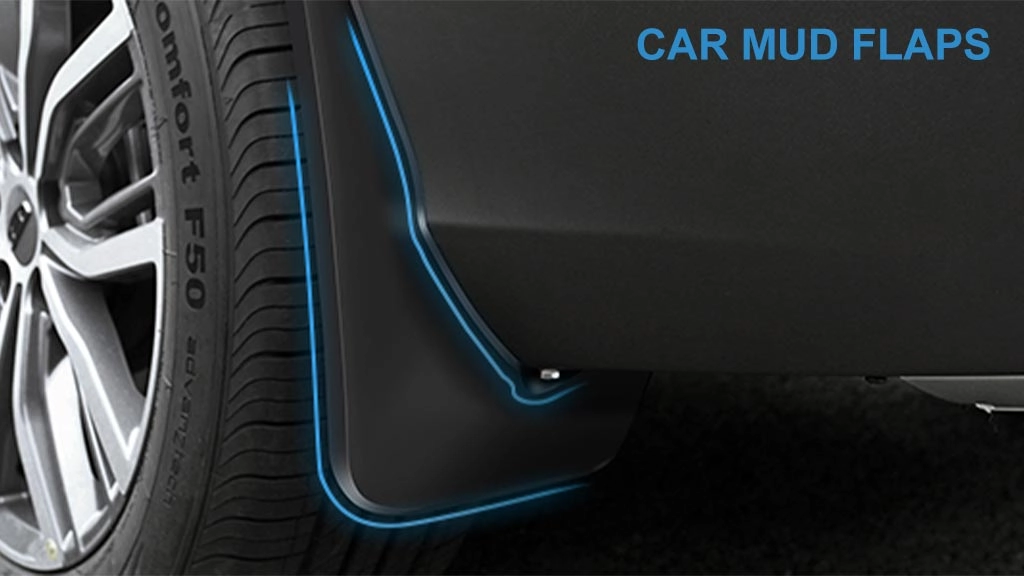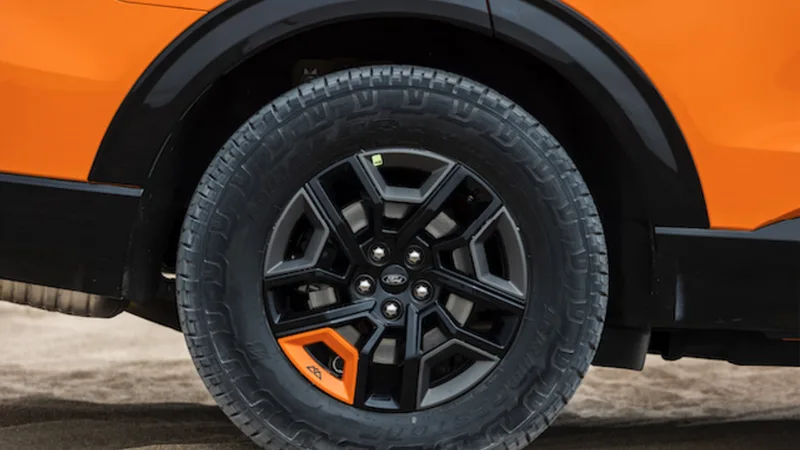Replacing tires is an important task in car maintenance. It is not only related to driving safety, but also directly affects the driving performance and comfort of the vehicle. When you replace the tires for your Ford car, you might as well take this opportunity to perform a comprehensive tire maintenance to ensure that your car is always in the best condition.
Before changing a tire, you need to prepare the necessary tools, such as a jack, tire wrench, tire screw wrench, etc. At the same time, choose a flat, solid and safe place to park, and pull the handbrake to ensure that the vehicle will not slide during the replacement process. If possible, it is best to operate on hard ground and avoid changing tires on soft sand or mud, which can reduce the risk of the jack sinking.
Use the jack to steadily raise the Ford vehicle, find the support points on the vehicle chassis, and ensure that the jack is placed stably. Use a tire wrench to loosen the tire bolts one by one, but do not completely unscrew them. After the vehicle is fully raised, remove all bolts and take off the old tire. When installing a new tire, pay attention to the direction of the tire’s tread and the position of the valve stem. Align the new tire with the bolt holes, install the bolts one by one, and tighten them initially with a wrench. Lower the jack so that the tire is on the ground, and then use a wrench to tighten the bolts in diagonal order to ensure that the tire is firmly installed. After installation, use a tire pressure gauge to check the tire pressure to ensure that the pressure meets the standard value marked on the vehicle. The tire pressure can be appropriately reduced in summer and increased in winter.
Check tire pressure regularly. Tire pressure is an important factor affecting tire life. Regular inspection and standard inflation can help extend tire life and improve fuel efficiency. In addition, check tire wear frequently, especially on the inside, to see if there is any abnormal wear. If the tread depth on both sides of the tire is found to be inconsistent, it may be that the tire is poorly positioned or there is a problem with the suspension system, which needs to be adjusted in time.

Remove small stones and other foreign objects from the tire tread in time to prevent them from popping out during driving and causing potential danger. The front wheels of a car are steering wheels and are subject to greater wear. In order to reduce the wear of the front wheels, it is recommended that the four wheels be replaced every 5,000 kilometers or so after the first maintenance of the vehicle, preferably diagonally.
When changing tires, you can also check the wear of the brake system, suspension system and chassis components. If any abnormality is found, it should be replaced or repaired in time to ensure driving safety. In addition, it is also very important to clean the tires regularly. Dirt, dust and other debris attached to the tires for a long time not only affect the appearance, but also may accelerate the aging of the tires. Therefore, it is recommended to clean the tires regularly with a high-pressure water gun to keep them clean and tidy. We can also install mud flaps on your Ford car to prevent mud and water on the road from splashing onto the bottom of the car, thereby protecting the paint from erosion and wear. Especially in bad weather or when driving on muddy roads frequently, the role of fenders is more obvious. Splash guard can also prevent flying stones, gravel and other hard objects from directly hitting the car body, thereby reducing the risk of damage to the car body and keeping the car body intact.
In short, replacing a tire is not as simple as replacing a component, it involves the care and maintenance of the entire tire system. When replacing a tire, you may wish to perform a comprehensive tire maintenance to keep your Ford car in good driving condition and escort your travel.

